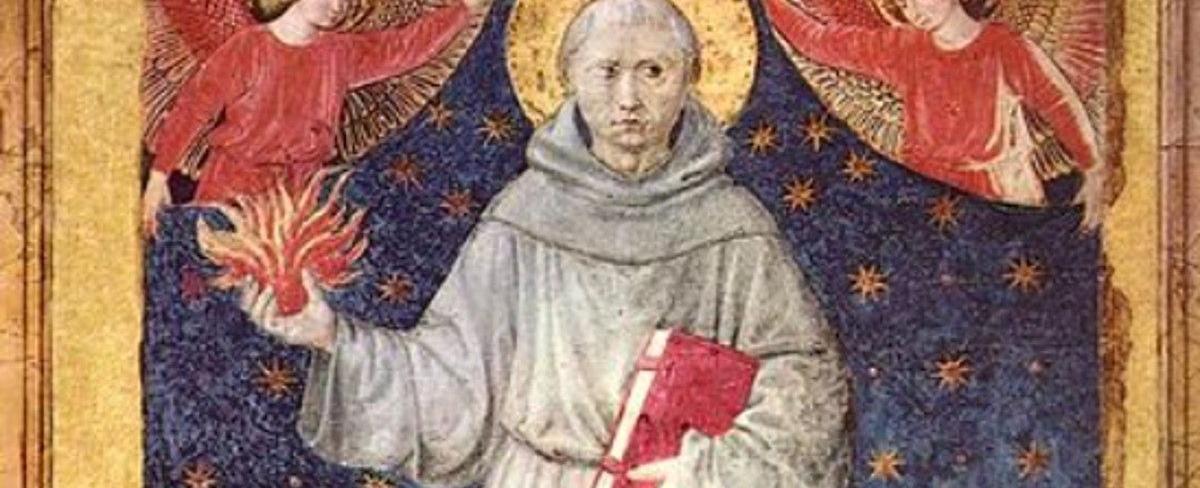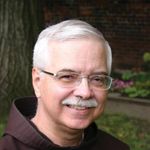Saint Anthony of Padua, the Church, and the Incarnation

The Church celebrates the feast of Saint Anthony of Padua on June 13. During Anthony of Padua’s lifetime, the Catholic Church was under attack from several sects, especially the Cathars (“pure ones”), sometimes known as “Albigensians,” after the town of Albi in southern France, one of the group’s early strongholds.
Anthony’s preaching and good example
Anthony was probably aware of this group before he joined the friars in 1221, but he daily faced their challenge during his three years (1224–1227) while preaching in southern France, their home. He was assigned there in the hopes that his preaching and good example might succeed where an armed crusade against the Cathars had not.
Because they were dualists (spirit = good; flesh = bad), Cathars rejected the most basic Judeo-Christian teaching that a good God created everything that exists. They took the easy way out: Whereas a good God created spiritual things, an evil God created material things. Thus, they could only sneer when they described the Catholic Church as “fleshy” or “carnal.” Isn’t today’s expression “institutional Church” close to the Cathars’ “fleshy Church” opposed to the “spiritual Church” that can be experienced only in heaven?
But what if we called the Church that we know best the “incarnational Church?” Doesn’t that completely change the conversation?
Although people who are mildly—or not so mildly—dismissive of the Catholic Church today can hardly embrace the term “incarnational Church,” that is the only Church that humans can directly experience this side of heaven. Only there will the Church be totally spotless, absolutely without sin.
Pope Francis and holiness
In 2018 Pope Francis wrote Gaudete et Exsultate (“Rejoice and Be Glad),” an apostolic exhortation about holiness. In sections 36 to 46, he identifies contemporary Gnosticism (we are saved by insider knowledge) as one of today’s two main threats to becoming holy; the other threat is Pelagianism (we are saved by our good deeds).

The Catharism that Anthony knew very well combined both threats: people are saved by their insider knowledge and by totally rejecting the external, “fleshy” practices flowing from that knowledge.
Pope Francis writes: “When Saint Francis of Assisi saw that some of his disciples were engaged in teaching, he wanted to avoid the temptation to gnosticism. He wrote to Saint Anthony of Padua: ‘I am pleased that you teach sacred theology to the brothers, provided that . . . you do not extinguish the spirit of prayer and devotion during study of this kind.’”
According to Pope Francis, his thirteenth-century namesake “recognized the temptation to turn the Christian experience into a set of intellectual exercises that distance us from the freshness of the Gospel. Saint Bonaventure, on the other hand, pointed out that true Christian wisdom can never be separated from mercy toward our neighbor. ‘The greatest possible wisdom is to share fruitfully what we have to give . . .Even as mercy is the companion of wisdom, avarice is its enemy’” (De septem donis, 9, 15). The pope then quotes the Seraphic Doctor again: “There are activities that, united to contemplation, do not prevent the latter, but rather facilitate it, such as mercy of mercy and devotion” (In IV Sent. 37, 1, 3, and 6).
Anthony and giving counter-witness to the Good News
Angels do not need an incarnational Church, the Scriptures, the sacraments, or works of mercy because they have no bodies. Humans, however, have bodies, and thus need positive, visible signs of how to know and follow Jesus Christ. The Cathars could not emphasize Matthew 25:31-46 with its praise of feeding the hungry, clothing the naked, etc.—all because these are intrinsically “fleshy.”
Anthony was well aware that the Church often gives a counter-witness to the Good News of Jesus Christ. During one of his sermons in southern France, Anthony said, “And I’m talking to you who wear the pointed hat” [a miter].
Anthony would probably agree with Mark Twain’s saying, “Nothing is more enjoyable than examining other people’s consciences.”
Anthony would certainly accept the presider’s prayer after the Our Father at Mass: “Lord Jesus Christ, who said to your Apostles: Peace I leaven you, my peace I give you, look not on our sins, but on the faith of your Church and graciously grant her peace and unity in accordance with you will.”
The sins of Christians were the mother’s milk of the Cathars. The followers of Jesus, however, have always been more than their individual sins or collective blindness about them.
Archimedes reportedly said, “Give me a place to stand, and I can move the world.” The Cathars and their modern counterparts claim, in effect, to have found such a place to stand, far from an often sinful and messy world, the very one that Christ came to redeem by his Incarnation!
Read more about Anthony’s life.
-----
Main image: Painting of St. Anthony of Padua by Benozzo Gozzoli (c. 1420–1497) in the Franciscan Church of Aracoeli in Rome. Web Gallery of Art, WikiMedia Commons.
Pat McCloskey, OFM
Editor of St. Anthony Messenger
Pat McCloskey, OFM, Franciscan editor of St. Anthony Messenger, has an MA in Franciscan studies. Peace and Good: Through the Year with Francis of Assisi (Franciscan Media) is his latest book.

